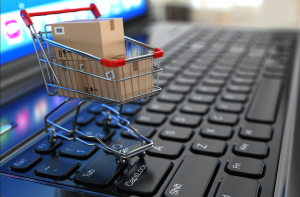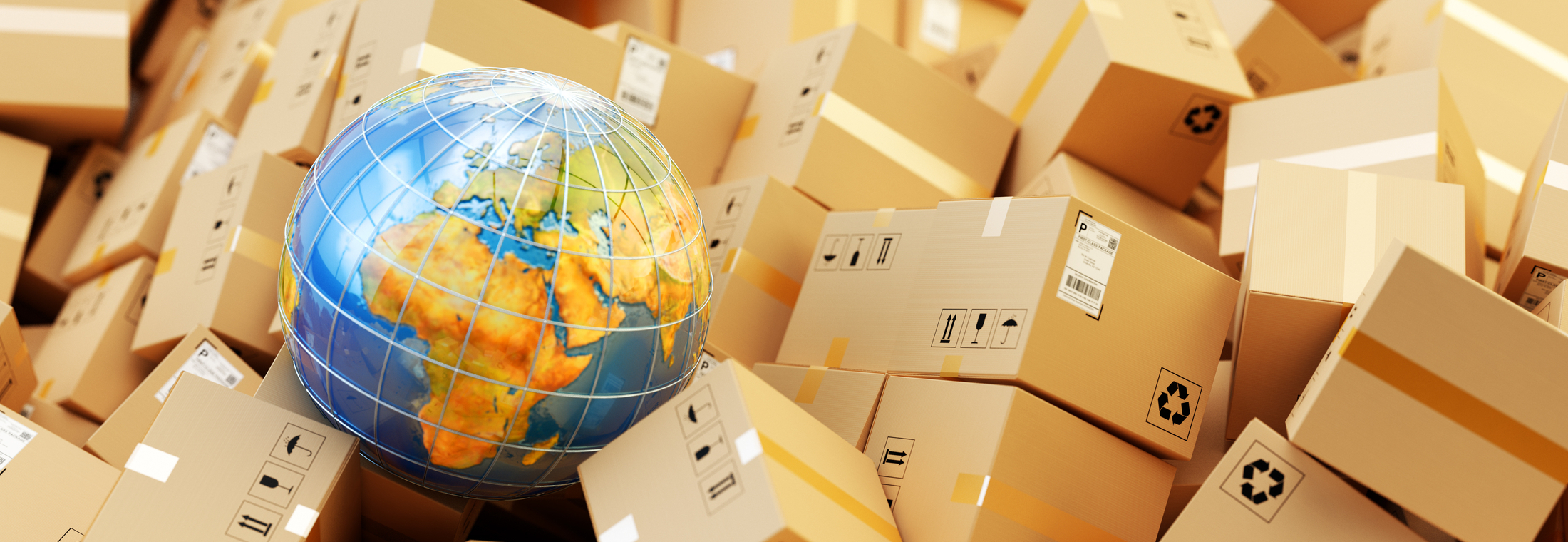 By the time I’ve written my 2054 e-commerce trends post, people will have forgotten that you ever had to visit shops and hand over physical money. Personally, I almost have.
By the time I’ve written my 2054 e-commerce trends post, people will have forgotten that you ever had to visit shops and hand over physical money. Personally, I almost have.
I was recently debating widening my letterbox so it can take a large pizza from Dominos, meaning I don’t have to converse with the delivery guy. In the end, I decided that with current e-commerce trends moving at lightening pace, they will soon replace the delivery guy with a drone and I won’t have to worry, so I’ve given up on ideas of home improvement for now.
Ecommerce is constantly updating with improved discovery, technology, logistics, and bloody cool things to buy. Here are my predictions for e-commerce in 2017.
Chat bots
Facebook, WhatsApp, Twitter, and Google Allo are all introducing integrated bots to help with shopping, booking and customer service. The first of our e-commerce trends sees consumers beginning to get familiar with talking to machines.
Facebook actually has 11,000 chatbots already available, although data on their use is unknown as yet. One early adopter is clothing retailer Spring, which has developed a live messaging and personal shopping service called Spring Bot.
“Customers aren’t spending their time on a sprawl of apps anymore, but there’s a high concentration of engagement on Facebook Messenger,” said Spring founder Alan Tisch. “So we created an experience to fit into the natural behavior that’s already happening on the platform”. Tisch named this conversational commerce.

Artificial Intelligence
Artificial intelligence is now reaching a level where it is useful to many people’s daily lives. The rise of digital assistants, such as Amazon’s Alexa (on the Echo), Apple’s Siri, Microsoft’s Cortana, and Google’s Assistant (housed in Google Home) have got people used to talking to machines.
This will impact E-commerce as the beginning stage of the research process may be increasingly conducted by chatting to a personal assistant. Different assistants will respond in different ways: Echo will default to Amazon product pages and reviews, while Google Home will list the top result of the search page.
Ecommerce brands will need to keep an eye on how these developments change the buyer journey and adapt before the trickle of users becomes a flood.
Mobile. Mobile. Mobile.
You might be bored of reading about the move to mobile in end-of-year e-commerce trends posts, but that repetition doesn’t mean this isn’t a valid trend. This Groundhog Day fixation on mobile is simply a result of the neverending march of mobile.
This year, mobile traffic has overtaken desktop on the web. Google is also working on a new, mobile-first web index. These changes mean that it is more important than ever to make the mobile experience as good as possible. Increasingly that means putting mobile first, rather than simply optimizing for mobile.
Mobile payment and loyalty apps
Mobile payments are on the rise as smartphone users get used to the magic of contactless payments. Starbucks was an innovator in mobile payments, becoming one of the first to trial it. And now, their mobile app (currently US only) is an unqualified success.
It has streamlined the payments system and added a loyalty program – something that commentators in other countries have been crying out for.

22% of Starbucks’ customers now pay using the app, which has helped generate a 12% rise in revenue. The added bonus for Starbucks is they collect valuable customer behavior information to aid further improvements. If it’s done in the right way, people are willing to have a relationship with a brand, so long as the benefits flow both ways.
The success of these sort of apps, and the need to deliver personalization (see below) will help to make loyalty and payment apps increasingly common.
Personalization and customization
The amount of data available increasingly allows content, ads, and products to be shown to the right people at the right time, across the web and social networks. The continuing sophistication of customization will be an e-commerce trend in 2017.
Part of the success of the Starbucks app is in the data it collects, meaning it can offer personalized deals on the products that customer already buys. In the age of the customer, the customer experience, including personalization, is vital in differentiation between competitors and lowering cart abandonment rate.
Increasing same day delivery
Drone delivery might still be a pipe dream, but 2017 should see the rise of local drop-off points for online orders and same-day delivery. A Forrester report states that 29% of consumers would be willing to pay extra for same-day delivery.
While Amazon Prime began the trend, flexibility of delivery options will increase in importance as an e-commerce differentiator. UberRush and Postmates are two of the brands looking to cash in on this e-commerce trend.
Delivery and returns have always been one of the pain points of the online shopping experience but steps have been taken to make delivery fast and easy.

Social selling
Another concept that seems to have been in many e-commerce trends articles without ever truly taking off. And while I don’t think it will grab a massive share of the market in 2017, I’ve still included it.
Why? Well, the social networks have a vested interest in making this work, and it would be pretty good news for brands too.
Facebook CFO Dave Wehner recently outlined how ad load (the relative volume of advertising versus content on a page) is going to be less effective in the very near future. “We continue to expect that ad load will play a less significant factor driving revenue growth after mid-2017,”
Facebook needs to diversify their revenue streams if they want to keep shareholders happy. Several networks have been rolling out increased selling options. Brands could see sales increase, and even products go viral, generating huge interest as word-of-mouth increases its reach.
Those are the seven e-commerce trends I foresee being major players over the next year, although I’m sure some new idea will come out of left-field in 2017 and my editor will point out how I got it all wrong.






